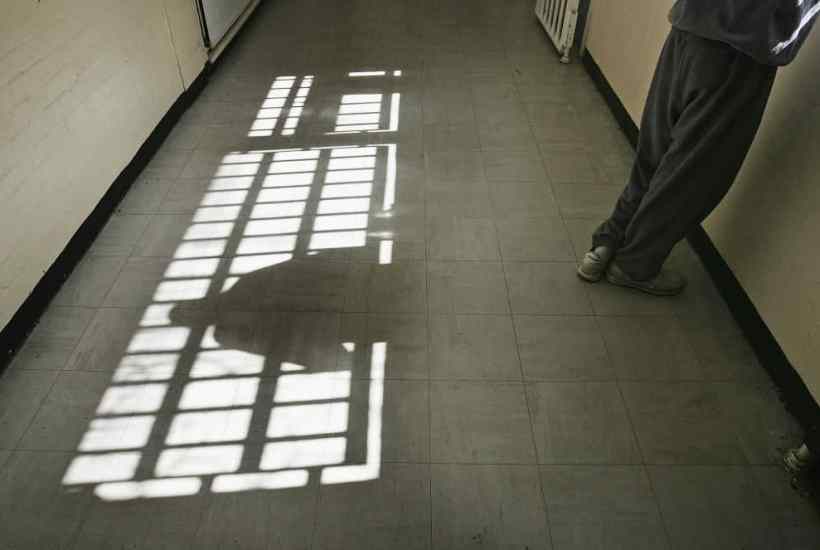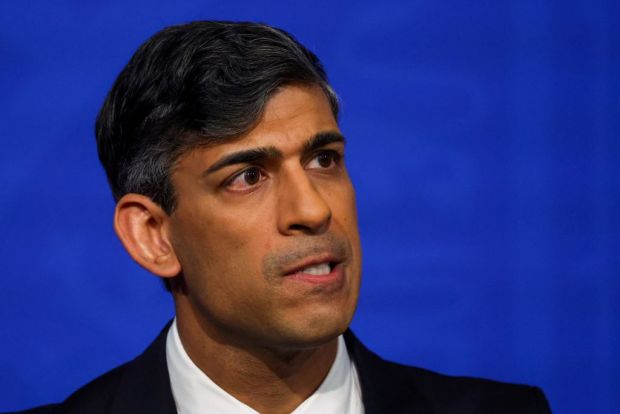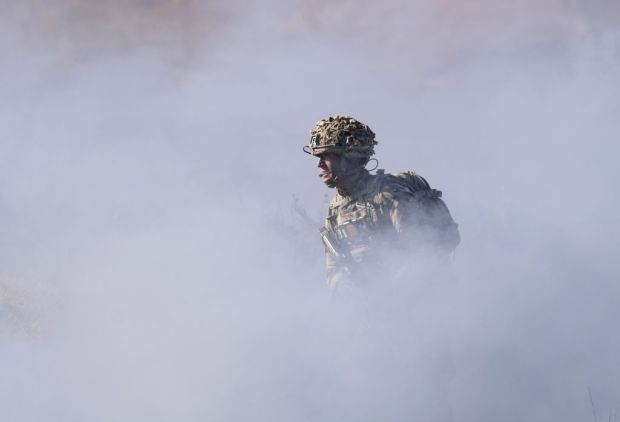A few years ago, there was some controversy about the facts relating to people in prison who identify as transgender, and the proportion of those people jailed for committing sexual offences. The controversy started in 2018 when Fair Play for Women, a feminist campaign group, analysed English prison service data and estimated that 41 per cent of transwomen in prison were there for sexual offences. This conclusion was debated, often poorly, and disputed, unconvincingly, in several places.
Four years on, this remains a heated, disputed topic. To some ‘gender-critical’ people, prisons are where the sex-gender debate becomes very real and very awkward. They are concerned that trans-inclusive policies make it possible for male sex offenders to falsely identify themselves as transwomen and gain access to the female prison estate. That word ‘falsely’ is very important here: it’s why policies based on self-identified gender cause such concern in the context of safeguarding regimes. Because without some system of verification, it’s impossible to establish which claims are false and every claim must be taken at face value.
On the ‘trans rights’ side of this debate are those who say such concerns are overblown and create a climate of hostility towards all trans people, by associating their trans status with threatening, harmful behaviour.
This, I think, shows how those two sides often end up talking past each other rather than actually debating. As far as I can see, the concern here isn’t about trans people. It’s about predatory males and the fear that those males can and will exploit rules put in place for the benefit of trans people. But a lot of people on the trans rights side overlook (deliberately or otherwise) that distinction and infer that women raising fears about male predators are trying to demonise trans people.
This debate recently played out in the House of Lords during a discussion about prison policy towards trans offenders. Some peers wanted to amend the law to insist that offenders would always be housed in the estate matching their biological sex. Other peers did not, and the amendment failed; prison policy remains that officials should assess and assign trans offenders on a case-by-case basis, meaning that some male-born transwomen offenders are housed in the female estate. (You can read that Lords debate here. It is notable that most – though not all – of the peers who spoke to oppose the amendment are male. I think those who say that the defenders of the status quo didn’t take enough account of women’s views here have a point.)
That is a fairly brief summary of the trans prison issue. Here, as so often with this wider issue, hard facts are scarce, so I’m going to quote at length from a more recent Hansard report. That report arises from a written question tabled by Tim Loughton, a Conservative MP. He asked the Ministry of Justice:
‘How many transwomen are currently held in (a) female prisons and (b) all prisons; and how many of those offenders have previous convictions for sexual offences’?
On 14 January, his question was answered by Victoria Atkins, a justice minister. She wrote:
‘As of our latest data collection on 31 March 2021, there were 146 transgender women (that is, prisoners who were legally male and identified as female) in all prisons across England and Wales.
Of these, fewer than five transgender prisoners were housed in the women’s estate. These figures do not include transgender prisoners with gender recognition certificates, although information on these individuals will be published early this year.
On the offences committed by individuals, we are only able to provide figures for the offence or offences that have led to an individual’s current imprisonment. To provide offence information for previous convictions would involve a complex data matching exercise which would exceed the prohibitive cost threshold for responding to a Parliamentary Question. Previous convictions, along with other relevant information, are considered, however, as part of the risk assessment set out in the Care and Management of Individuals who are Transgender Policy 2019.
On current offences, in the men’s estate, there were 87 transgender women with a conviction for at least one sexual offence. In the women’s estate, the number of transgender women with a conviction for at least one sexual offence was fewer than 5. This includes prisoners with a GRC.
Where transgender prisoners with GRCs are deemed too high risk to be held in the general women’s estate, they can be held on E Wing, part of HMP Downview. This allows them to be held separately with only supervised contact with other women.’
On these numbers, we can say with some confidence that last year there were between 142 and 145 transwomen in the male prison estate. (This is 146 minus a number between one and four). And 87 of those prisoners had at least one conviction for a sexual offence.
This means that the proportion of male-born transwomen in the prison system who are sex offenders is between 60 per cent and 61.3 per cent. That is significantly higher than the roughly 18 per cent of the general population of the male estate who are jailed for sexual offences. It is also a lot higher than the 41 per cent estimate that Fair Play for Women made in 2018, to some controversy.
My calculations are made on the basis of figures for trans prisoners who do not hold a gender recognition certificate indicating a full legal change of gender status. This refers to people who are designated as transwomen on the basis of their own declaration, not the determination of the state.
So do these figures indicate that trans people are more inclined than others to commit sexual offences? I do not believe these figures offer such evidence. I also think that more people on the gender critical side should accept that, since that would make it easier to focus this debate more narrowly, on predatory men who might exploit trans-inclusive policies.
Do these figures suggest that men who commit sexual offences are more likely than others to claim to be transgender? I think that possibility should be given more attention, not least by trans-rights advocates. If it is the case that predatory males are exploiting trans-inclusive policies for their own ends, those who champion those policies should be deeply concerned, since this could not just undermine those policies but also adversely shape wider public debate. Anyone seeking a more tolerant climate of opinion for trans people should have a very clear interest in identifying – and condemning – cases where predatory males proclaim a trans identity for malign purposes.
It might not be obvious, but there is potentially a significant shared interest here. In other words, at the heart of this heated and emotive issue, there could just be some common ground to be found. The journey towards that ground should be paved with facts, which is why I think that parliamentary answer deserves some attention and should lead to further investigation.
Got something to add? Join the discussion and comment below.
Get 10 issues for just $10
Subscribe to The Spectator Australia today for the next 10 magazine issues, plus full online access, for just $10.



















Comments
Don't miss out
Join the conversation with other Spectator Australia readers. Subscribe to leave a comment.
SUBSCRIBEAlready a subscriber? Log in